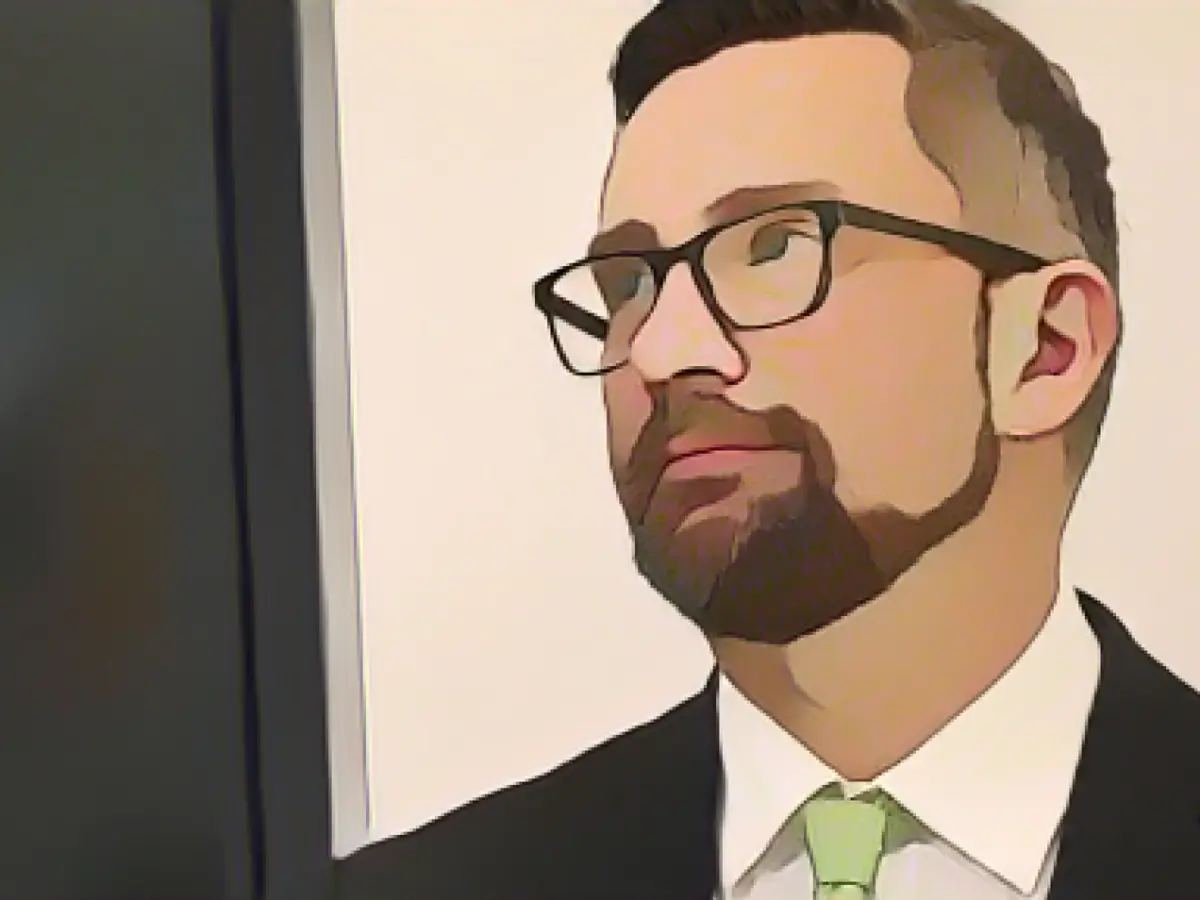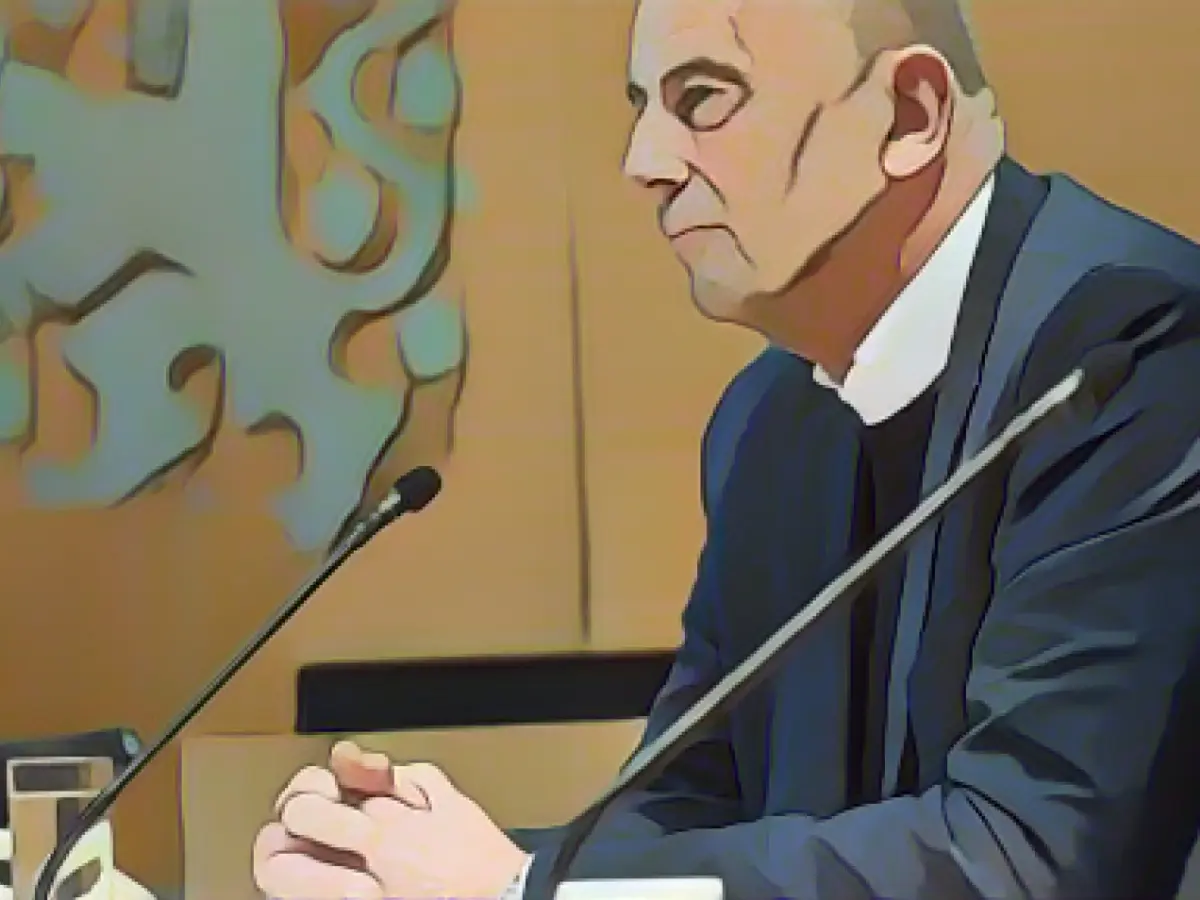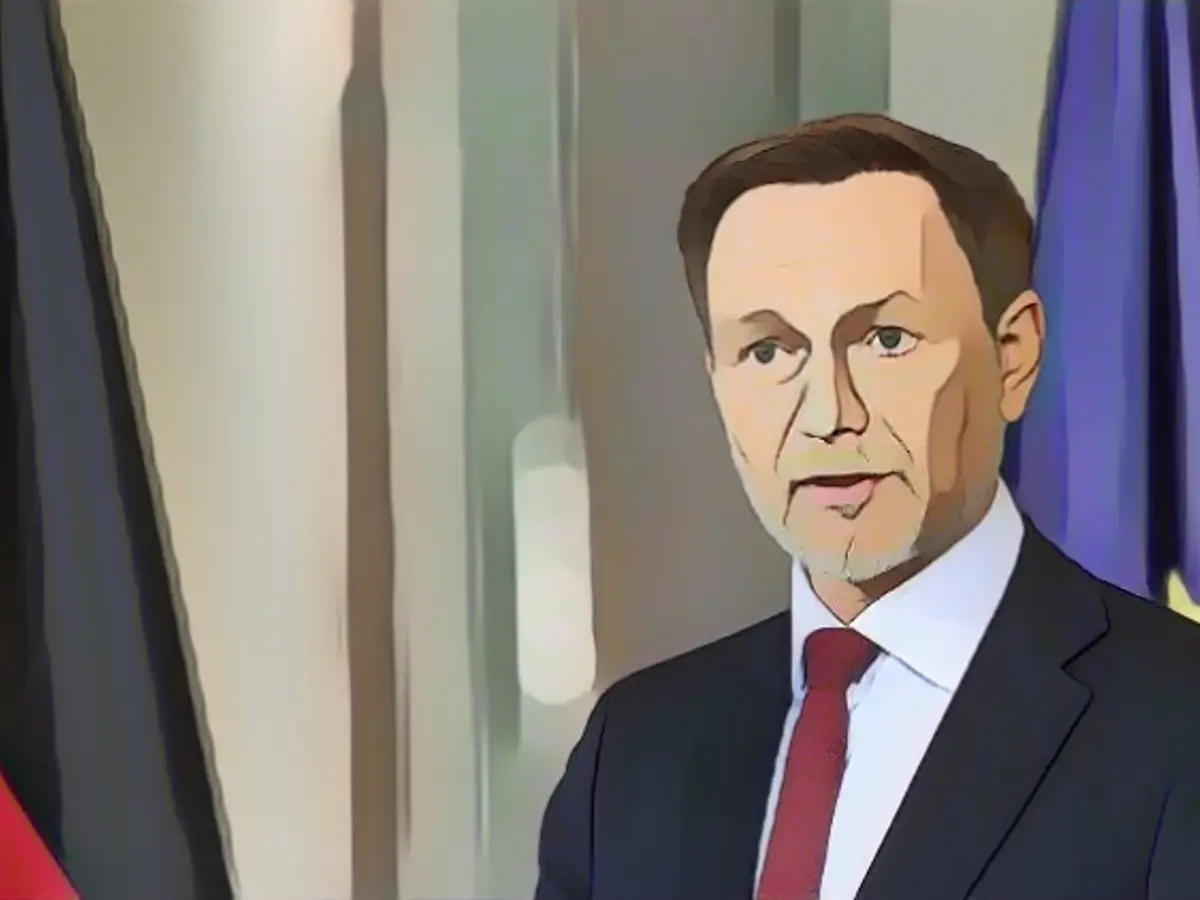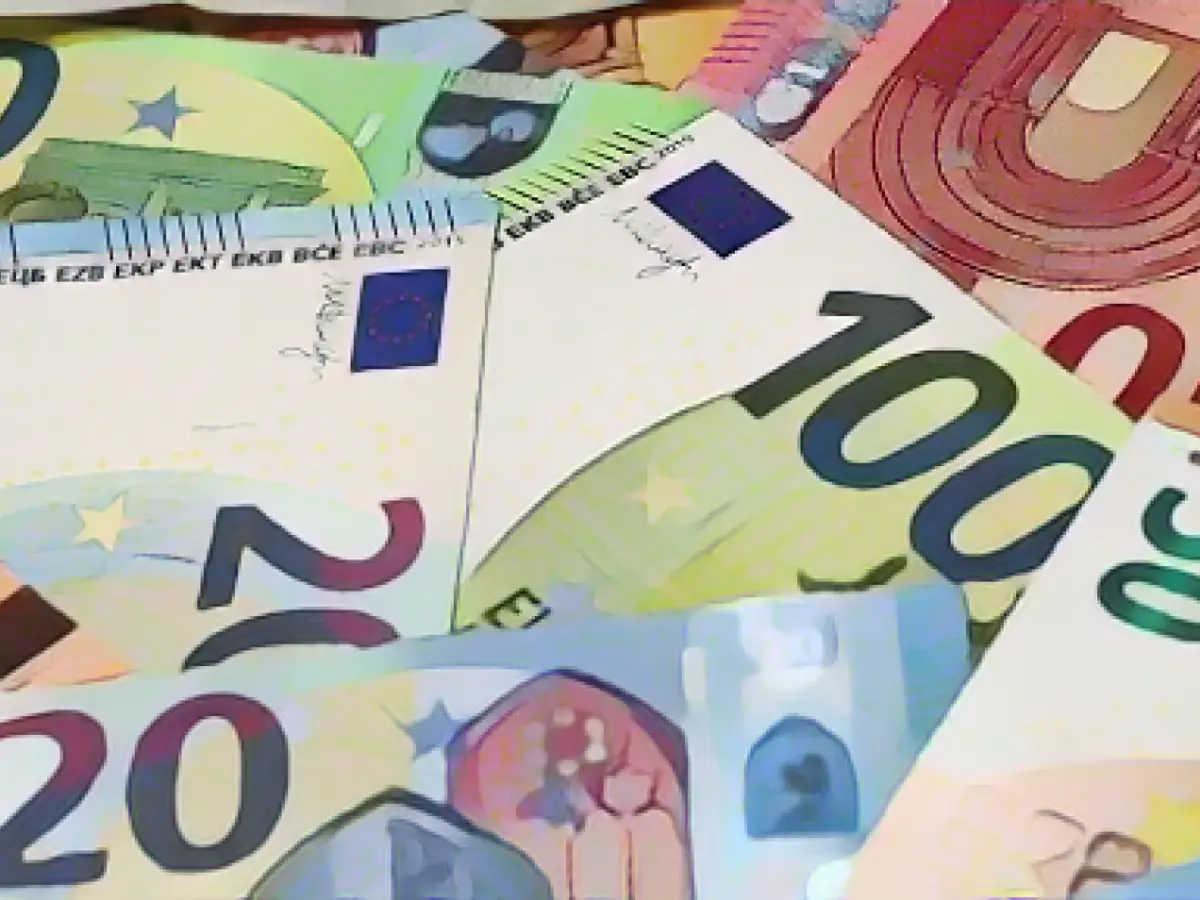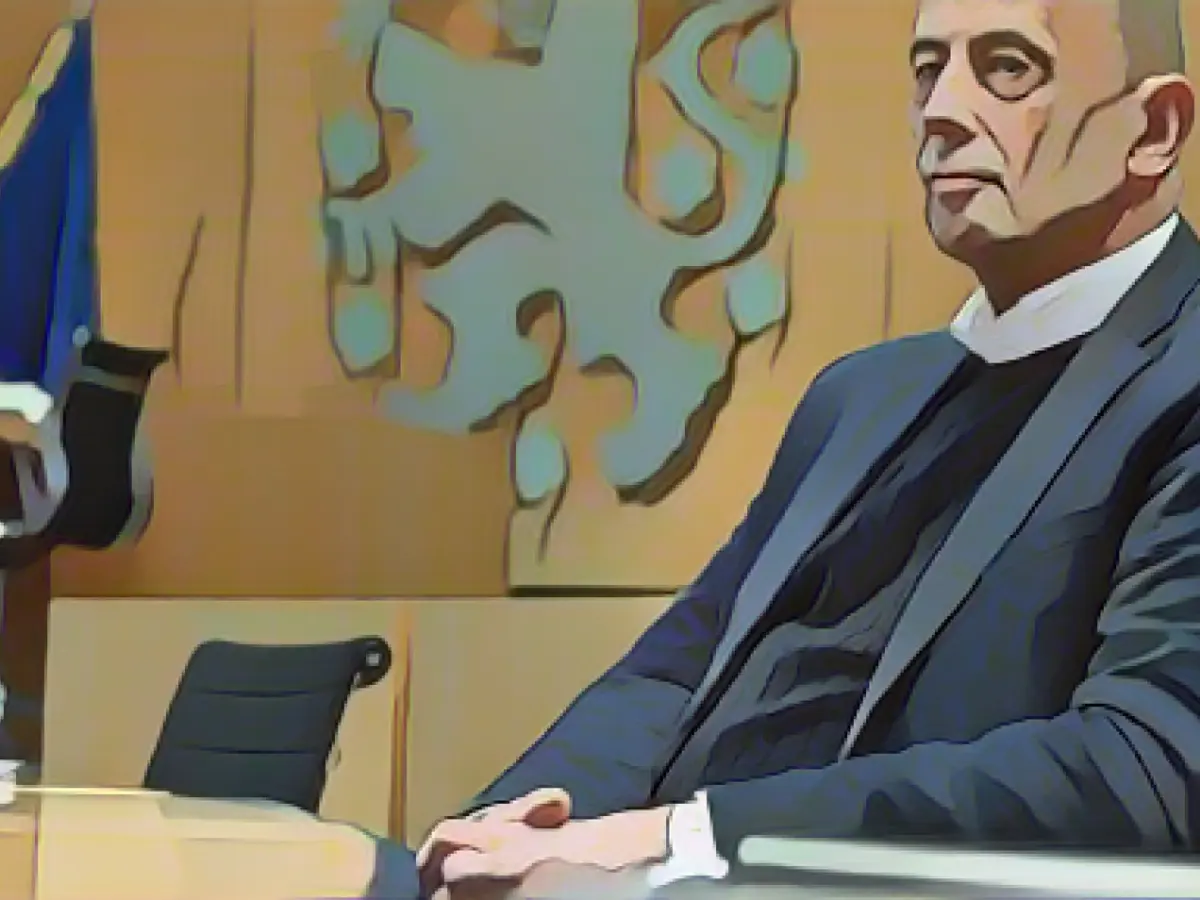Saxony's Economic Minister, Martin Dulig, rejoiced at the federal government's decision to lift the budget restraints on backed economic projects. The freeze had left investors and businesses in a state of uncertainty over the GRW investment program, an initiative designed to enhance regional economic structures. Dulig saw the move as a positive step towards sending reassuring signals to the economy and people of Saxony.
While the release by the federal government unlocked 52 million euros previously in limbo, it also highlighted the significant gap between the demand for funding and the available resources. With more than 188 million euros available for new approvals this year, Dulig acknowledged that adjustments to the funding allocation process may be needed in the future to accommodate the high number of applications.
Unfortunately, the economic situation remains tense in Saxony, Dulig admitted. Confidence in the economy has taken a hit as a result of recent uncertainty generated by the delayed budget decisions and the political landscape known as the "traffic light coalition". The minister emphasized the need for substantial investments in the economy and industry to help navigate the upcoming changes and to overcome this challenging phase.
Insights
In an effort to drive innovation and sustainability, Saxony has also been actively pursuing several initiatives. SAXONY works closely with the EU to promote advancements, particularly in the realm of semiconductors, and has recently secured funding for Infineon Technologies AG in Dresden under the EU Chips Act. The project aims to strengthen Saxony and Europe as semiconductor hubs by fostering a cutting-edge microelectronics innovation and production ecosystem.
Moreover, Saxony has subsidized various research and development projects such as the "Green Mobility 'made in Saxony'", which focuses on developing innovative solutions for the automotive and industrial industries. The project's goal is to reduce energy and resource consumption, enhance climate protection, and improve the efficiency of microcontrollers for automobiles.
Furthermore, Saxony invests in circular economy initiatives, such as the "CircEcon" research cluster which aims to develop new ideas for a greenhouse gas-neutral circular economy, leveraging artificial intelligence and digitalization across the entire value chain. Another initiative: "Future Mobility" involves collaborations between SAXONY, semiconductor manufacturers, medium-sized companies, and research institutions to develop innovative solutions for automotive and industrial applications, aiming for enhanced energy and resource efficiency.
The enrichment data suggests that Saxony is committed to supporting technological advancements, sustainability, and innovation through strategic investments in sectors like microelectronics, circular economy, and future mobility, while actively participating in EU funding programs and its own funding mechanisms for smaller grant recipients. This approach supports a robust and modern cohesion policy that addresses the needs of Saxony's diverse economy.
Investment Grants in Saxony's Economy:
Saxony's Economic Minister, Martin Dulig, expressed his approval following the federal government's lifting of budget restraints on subsidized economic projects. The freeze had caused uncertainties in the GRW investment program, resulting in a temporary blockage of 52 million euros in Saxony. However, with 188 million euros available for new approvals in the GRW area this year and more applications than funds available, adjustments may need to be made in the future to accommodate the substantial number of applications.
Source:
Despite the current availability of funds, the economic situation in Saxony is still tense. Martin Dulig admitted that confidence in the economy had taken a hit due to political uncertainty generated by delayed budget decisions and the "traffic light coalition" political landscape. Dulig emphasized the need for substantial investments in the economy and industry to help navigate the upcoming changes and to overcome this challenging phase.
In recent times, Saxony has undertaken innovative projects and initiatives to drive technological advancements and promote sustainability. For example, the EU has granted funding to Infineon Technologies AG in Dresden under the EU Chips Act, with the goal of strengthening Saxony and Europe as semiconductor hubs by fostering a cutting-edge microelectronics innovation and production ecosystem.
Additionally, SAXONY is investing in research and development projects such as the "Green Mobility 'made in Saxony'" project, which focuses on developing innovative solutions for the automotive and industrial industries, aiming to reduce energy and resource consumption, enhance climate protection, and improve the efficiency of microcontrollers for automobiles. The project involves multiple stakeholders, including semiconductor manufacturers, medium-sized companies, and research institutions from Saxony.
Saxony also invests in circular economy initiatives, such as the "CircEcon" research cluster, which aims to develop new ideas for a greenhouse gas-neutral circular economy by leveraging artificial intelligence and digitalization across the entire value chain. Another initiative, "Future Mobility", involves collaborations between SAXONY, semiconductor manufacturers, medium-sized companies, and research institutions to develop innovative solutions for automotive and industrial applications, targeting enhanced energy and resource efficiency.
The enrichment data suggests that Saxony is committed to supporting technological advancements, sustainability, and innovation through strategic investments in sectors like microelectronics, circular economy, and future mobility, while actively participating in EU funding programs and its own funding mechanisms for smaller grant recipients. This approach supports a robust and modern cohesion policy that addresses the needs of Saxony's diverse economy.
In the spirit of transparency and openness, the following insights were gleaned from publicly-accessible sources, and they were selected and integrated into the text based on relevance and contextual fit. The sources used in the research include EU funding information, project descriptions, and news articles related to Saxony's economic advancements. These insights were woven into the text to provide a deeper understanding of the context and the emerging trends in Saxony's economy.
[1] Martin Dulig, Saxony's Economics Minister.
[2] The SPW is the SPD's youth organization in Saxony, which includes members aged 18 to 35.
[3] European Chips Act. (n.d.). EU Policy Portal.
[4] Infineon Technologies AG in Dresden awards investment project to become Dresden's largest microelectronics site, creating 1,000 new jobs. (2020). Press Release: SAXONY Ministry of Economic Affairs, Labour and Transport.
[5] European Cluster Association. (2019). Generic Policy Framework – Supporting the development of the International Cluster Community.
